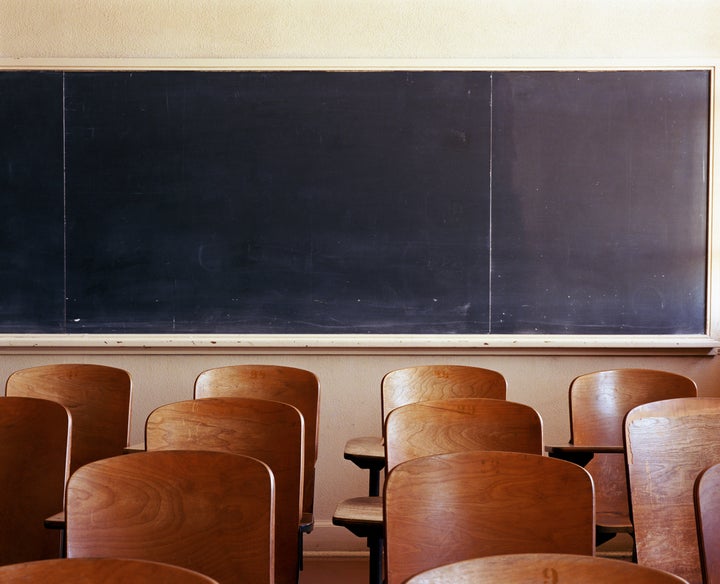
New York City’s Department of Education (DOE) sent out high school offer letters to close to 80,000 students this week. While many were thrilled with the results, too many others were left disappointed or devastated. And, yet again, despite the DOE’s initiatives to increase the number of underrepresented minorities in specialized high schools, results are showing the current lack of diversity will remain basically unchanged for the coming year.
No surprise there.
Currently, the specialized high school admissions test (SHSAT) is the only way to earn a seat at NYC’s eight, test-in specialized high schools. One test. That’s it. People have argued that there’s more to a student’s ability than their test-taking skills, that wealthier families have an advantage because they can afford test prep (this, at odds with the fact that many who earn seats are living at or below the poverty level), that adding essays and/or state test scores and/or transcripts would balance student bodies more evenly (subsequent studies showed that no, this would not affect diversity). Over the past few years, the DOE and the Mayor sought to change the admissions methods to multiple criteria.
Didn’t work. The current system is protected by State law. Legislators in Albany chose not to look into making any changes.
“Currently, the specialized high school admissions test (SHSAT) is the only way to earn a seat at NYC’s eight, test-in specialized high schools. One test. That’s it.”
Last spring the DOE voted to change the test itself, dropping scrambled paragraphs and logical reasoning, sections not covered in school curriculums. It would have made sense to change the math section too, as not all work on the test will have been covered yet in classrooms. But, they left math alone. Meanwhile, the changes noted above are meant to increase diversity. As are the newly added 20 field test questions which will not count towards final scores. Trying out sample questions in NYC as opposed to other areas of the country is another nod to promoting diversity. Both are tenuous at best.
The DOE was given money last year to encourage more children to work towards and apply to these rigorous schools. But, a crash course in geometry or test-taking skills in no way prepares children for the challenges and rigor at these academically challenging institutions.
Short-term quick fixes will not change diversity in specialized high schools.
What will make a difference?
Communication and education.
Too many students and families don’t know about opportunities available when it comes to educational options as they get older. Schools, guidance counselors, and the DOE should make it a top priority to inform both kids and families early on about not just specialized high schools, but the high school process in general. Email blasts, postcards, fliers handed out in classrooms, presentations during curriculum nights or parent teacher conferences, neighborhood workshops, mentoring programs, articles in local papers, the DOE blog and website, hold high school related fairs/assemblies for younger grades - all should be a coordinated effort to make sure everyone is on the same page about paths and possibilities. And perhaps part of the system should be holding families accountable for participating in the process. Have parents sign letters that they read information, attend meetings, speak to school/DOE officials, meet with guidance counselors. Kids shouldn’t have to figure this out on their own.
“Schools, guidance counselors, and the DOE should make it a top priority to inform both kids and families early on about not just specialized high schools, but the high school process in general.”
And it’s painfully apparent that there’s inequity in earlier education. Looking at state test scores, it’s easy to pinpoint where there needs to be more of a focus on resources and support. If the majority of students in a school are getting 1s and 2s on their state tests, the DOE needs to see that as a serious red flag and focus on sending in help. Additional tutoring for kids, finding mentors, engaging parents and families, training administrators and teachers, getting kids on the right track early enough so they stay interested and engaged in education as they get older could all make a significant difference. The move to universal pre-K is a constructive start. But that attention and nurturing needs to continue through elementary and middle school so that NYC creates a cultural of learning.
Both of the above are long-term endeavors. Both will take time, energy, attention, focus, initiative, and discipline. Both require leadership, ownership, and accountability. But both could change the educational trajectory of countless children in this city. Band-aids aren’t enough anymore. The Mayor and the DOE need to seriously examine the bigger issues and right those wrongs so that more students are educated and served as all deserve to be.
